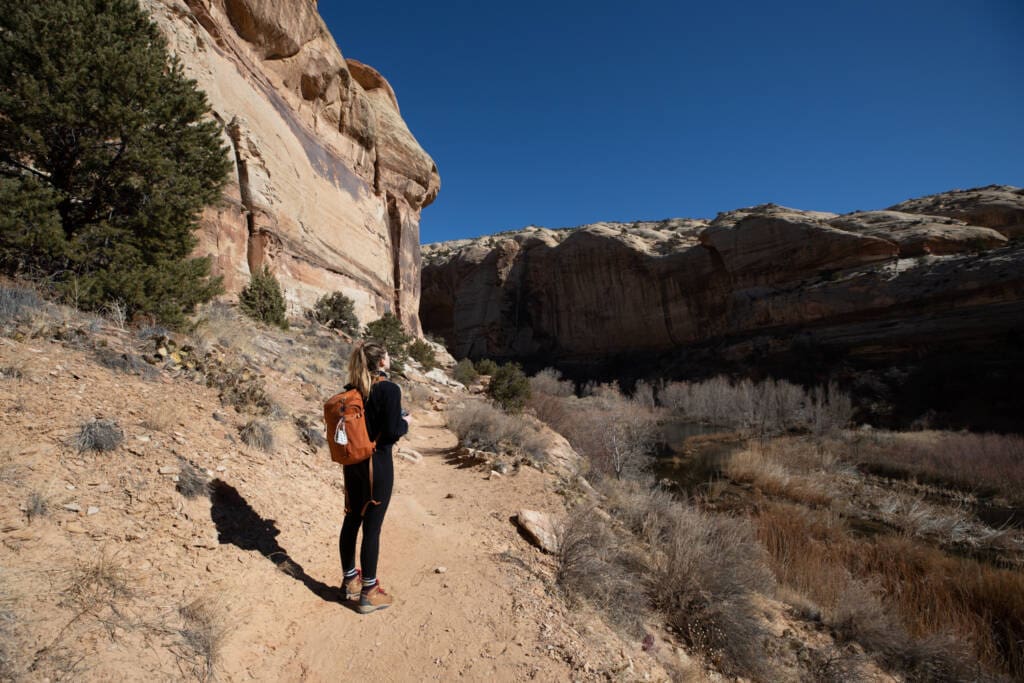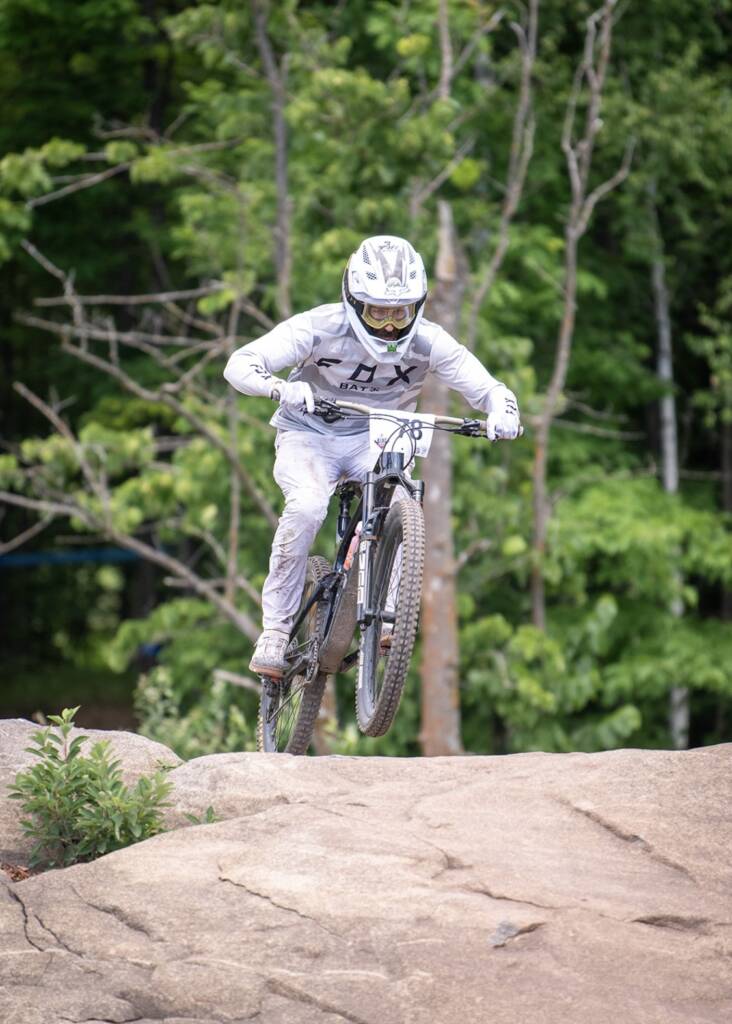Mountain biking (MTB) offers an incredible way to connect with nature, push your limits, and enjoy the thrill of the ride. But, there is a level of responsibility that comes with tight curves, high speeds, and imminent risk. Practicing good trail etiquette ensures that everyone—whether hikers, bikers, or equestrians (hello, Wisconsin)—has a safe and enjoyable experience. Whether you’re new to the sport or a seasoned rider, here are the key rules of MTB trails and etiquette to keep in mind (or reminders, to you, season vets).
Learn and Follow MTB Trail Rules
Every trail has its own set of guidelines. Some are bike-only, while others are shared with hikers and horses. Before heading out, check local trail regulations on websites, trail apps, or posted signs at trailheads (or reference IMBA). If a trail is marked as closed, respect the closure—riding on wet or restricted trails can lead to damage and future access restrictions. Or, some have odd/even days in the direction of the ride.
Yield Appropriately
MTB trails often involve encountering other trail users. The general yielding rules are:
- Bikers yield to hikers and equestrians – If you come across a hiker, slow down, announce yourself, and pass cautiously. Horses can be unpredictable, so, stop and ask the rider what best to do.
- Downhill riders yield to uphill riders – It takes more effort to climb than to descend, so let climbers keep their momentum.
If you’re in a high-traffic area, communicate clearly and pass with care.

Stay on Designated Trails
Riding off-trail or cutting switchbacks may seem harmless, but it can cause erosion, damage plant life, and contribute to trail degradation. Stick to the marked path and avoid creating unauthorized routes.
Recently, I volunteered to help maintain trails. It gave me a greater appreciation for the trails that we love so much – respect the land and the people that continuously show up to care for it.
Control Your Speed
We all ride to finally hit that descent, to cruise down and feel the adrenaline, but staying in control is crucial when on known and popular trails (and hidden gems). Ride at a speed that allows you to react to unexpected obstacles – wildlife, hikers, or a sharp turn. If you can’t stop safely within your sightline, you’re going too fast.
Announce Your Presence
We all do it on the bike path, “On your left!” or “Rider coming through!” Now, bring it to the trails – this can prevent surprises and ensure a smooth pass. A friendly greeting also helps maintain a positive relationship between bikers and other trail users.
Pack It In, Pack It Out
Leave no trace. Carry out all trash, including food wrappers, spare tubes, and energy gel packs. If you see litter on the trail, consider picking it up—small actions help keep trails pristine for everyone.

Hit the MTB Trails
Mountain biking can take you to remote and beautiful places – be prepared if going for longer rides through the mountains. Plan and prepare for the worst. Carry essential gear, including a repair kit, multi-tool, extra tube, and plenty of water. Being self-sufficient helps prevent unnecessary disruptions for yourself and others if you run into mechanical or medical issues.
Mountain sports are FUN, but they tend to leave a larger responsibility on the athlete than you’d have on a pickleball court. Make sure you are being smart, respectful and communicative with other riders or trail goers. Keep the peace and have fun!
—


